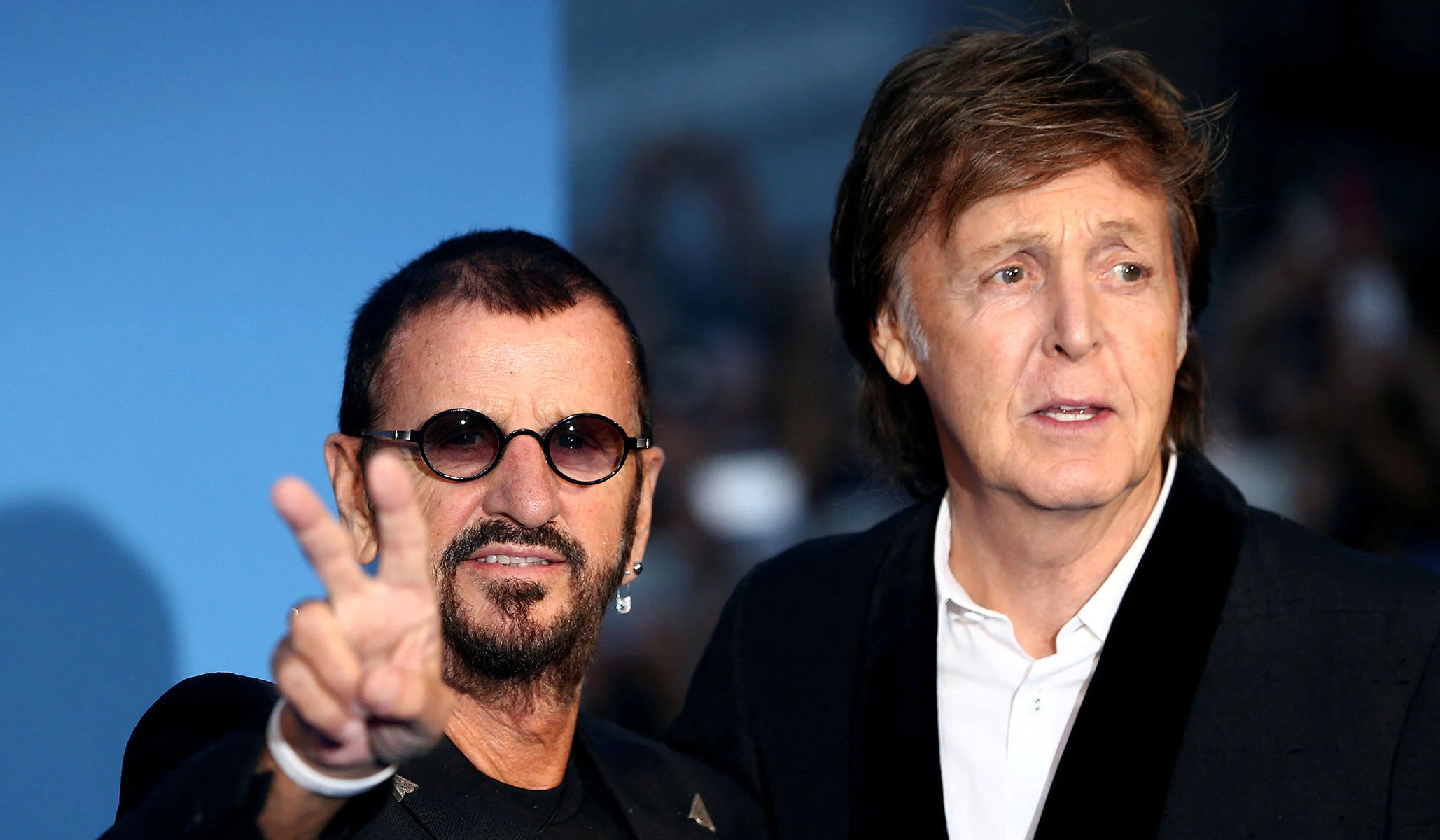A friend recently texted me about the new Beatles record featuring AI-assisted vocals from the late John Lennon. The Wall Street Journal reports that director Peter Jackson and his team digitized a demo tape recorded by Lennon in 1978, then used artificial intelligence to extract and improve the desired parts. Paul McCartney and Ringo Starr added instruments and harmonies that were lacking in the original sketch. This process is similar to what McCartney, Starr, and George Harrison did in 1995, when they transformed two forgotten Lennon demos into two complete songs and released them under the band’s name as part of the Anthology project. However, this new release cannot be considered the last Beatles record, as the Beatles existed as a recording group from 1962 to 1970, after which they broke up and stayed broken up. Only two of the Beatles are still alive today, and there can be no more Beatles records because there is no more Beatles.
Paul McCartney described the project as “the last Beatles record,” but this violates the core of what the Beatles were. The Beatles’ records were arranged, recorded, and mixed by the whole band, not by one member. While the four Beatles occasionally split up into smaller groups to work on their own songs, never did a member of the band step out completely during the recording of his own song. For one member to take another’s unreleased demo, make all the artistic decisions involved in producing it into a proper song, and then release it in the name of the quartet is far from “normal” Beatles operations.
This behavior also robs John Lennon of the agency he cherished. Lennon and McCartney were great friends and passionate enemies who fought over their work. We have no idea whether Lennon even wanted to release this demo recording, let alone how he would have wanted it prepared for public consumption. Throughout his life, Lennon had strong opinions on structure, production, instrumentation, harmony, and the sound of his own voice. Of all the people in the world, McCartney probably has the best idea of how John would think. However, McCartney’s tastes were often radically different from John’s, and the two men managed to make it work for eight years. Harvesting “John’s voice from a ropy little bit of cassette,” carving the extracted raw materials into his own image, simulating with computers what was not there, and then “printing” the results under someone else’s byline is not respectful of the Beatles’ legacy.
McCartney boasts that he was “able to take John’s voice and make it pure through AI,” but this idea is concerning. While using AI to clean up a badly recorded vocal performance is benign, it can be used as a simulation tool to create something entirely new from the results. We are getting close to the point where a record producer could generate a full album’s worth of material “by” an artist who is now unable to record a note. When this happens, we will be told that the synthesized output is authentic because the source material was genuine. However, this is confusing a facsimile for authenticity. The soon-to-be-released Lennon-McCartney songs and Beatles records will be little more than a last-gasp nostalgia-driven forgery.

